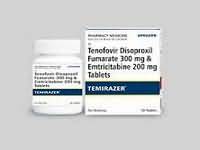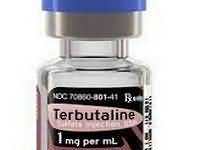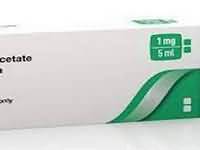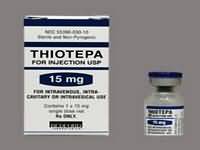Lomustine
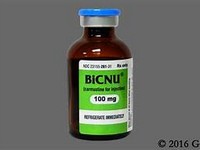
Lomustine
CLINICAL USE
Treatment of Hodgkin’s disease and certain solid tumoursDOSE IN NORMAL RENAL FUNCTION
120–130 mg/m2 every 6–8 weeks if used alone; lower dose is used in combination treatment and compromised bone marrow functionPHARMACOKINETICS
DOSE IN RENAL IMPAIRMENT
GFR (mL/MIN)
45–60 75% of dose30–45 50–70% of dose<30 Not recommended.DOSE IN PATIENTS UNDERGOING RENAL REPLACEMENT THERAPIES
IMPORTANT DRUG INTERACTIONS
Potentially hazardous interactions with other drugsADMINISTRATION
Reconstition
–Route
OralRate of Administration
–Comments
–OTHER INFORMATION
Bone marrow toxicity is delayed Relatively rapid and complete oral absorption, followed by first pass metabolism. Part of lomustine metabolism is mediated through hepatic microsomal enzymes. Metabolites predominantly excreted by kidneys; 10% excreted as CO2 and < 5% in faeces
See how to identify renal failure stages according to GFR calculation
See how to diagnose irreversible renal disease
Home
